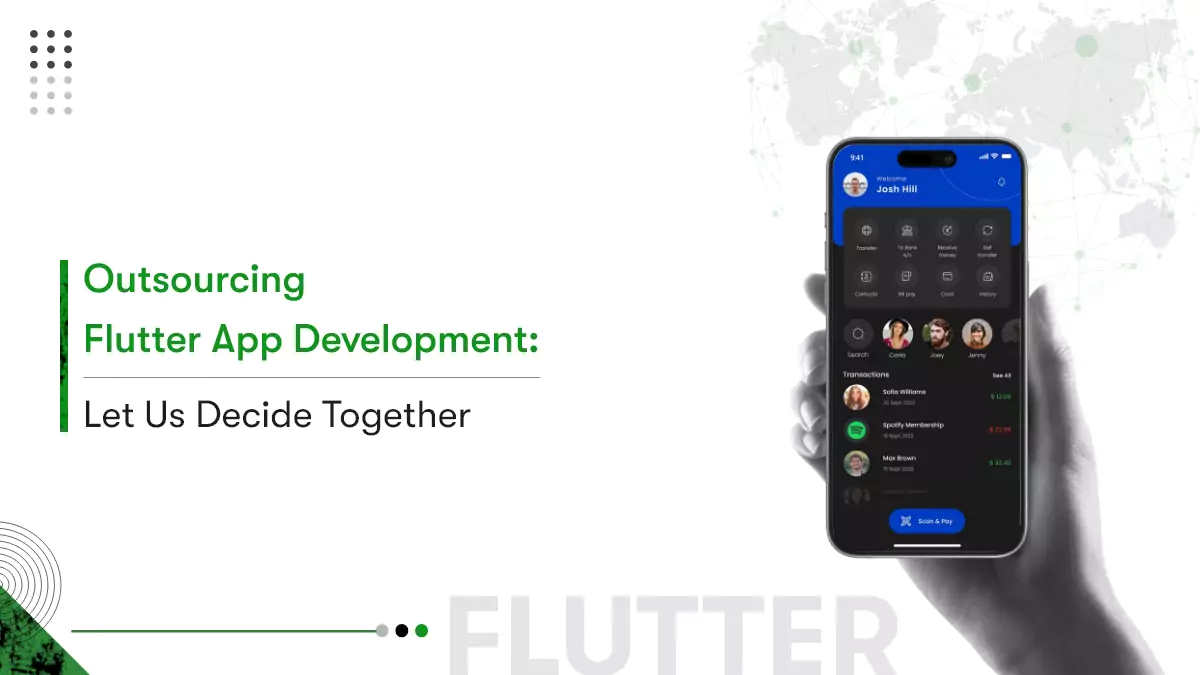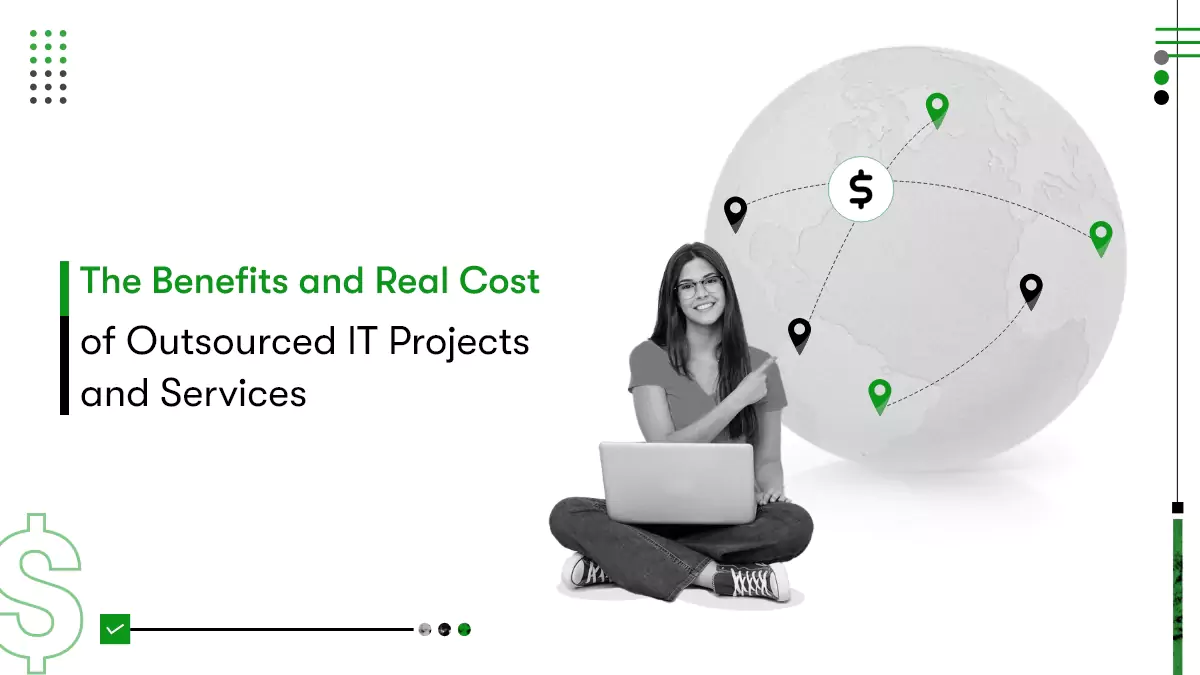As promised in our first blog, I, Sanjay Kidecha, have come up with our second blog of the mobile app development process series. In this blog, we will be discussing the Product Requirement Document (PRD) and its importance in the product development process. This blog is a relevant article from a product development perspective. Hence, I would advise you to go through this blog thoroughly to understand the concept of PRD.
Developing a successful product at first go is a strenuous job. When your project’s end goal is to develop a compelling product, you should first identify what things will your target audience get compelled to? You need to define the project’s direction & scope, which will further reduce back and forth.
As a product manager, you must pen down the product’s capabilities and set the team’s initial benchmarks. You need to do a lot of research, prepare a checklist, and create a key document called Product Requirements Document (PRD).
PRD preparation drives a lot of effort and articulation; however, it helps you deliver an “exact product” that your customers want. It gives you a bigger picture while reducing potential costly affairs and wasteful operations.
Before we move ahead and guide you with the PRD, I would like to share our blog series index here.
- A Guide on Lean Canvas Model;
- How to Prepare a Product Requirement Document and its importance;
- Importance of Wireframe in Product development;
- A complete guide on selection of technology stack for startups;
- How prototyping helps businesses?
- A handbook to select development company for startups;
- A detailed guide on project management & delivery milestones;
- Role of Quality assurance in product development;
- Importance of User testing;
- Know where you should deploy your project?
- How Feedback and product iteration makes a difference in product development?
- What is the variation in the cost? What factors affect the variation?
- Why is a Good design the ultimate thing in the project?
In this article, we will be discussing the role of a PRD and how to gather requirements & prepare a PRD for the project. Let’s get started with the basics.
 What is PRD?
What is PRD?
A Product Requirement Document (PRD) is a collection of product specifications, purpose, functionality, features, and behavior. A product manager puts together every aspect of project development from the start until the release to align various departments involved in the process.
The document describes a problem, its effective solution, critical indicators of success, project completion timeline, and more. It answers all the questions related to the product and sets clear goals for the entire team.
PRD is also known as “Requirements,” It is a central document giving the product manager a chance to specify the product functionalities, what the product can do? What can it deliver and not deliver? What are the product’s limitations and more? In a nutshell, a PRD answers all the “What” and “How” questions related to the product.
Why is PRD important?
Let me explain this by giving you an illustration.
Suppose that you are a chef at a pizza house. One beautiful day, you have a visitor who orders a pizza without mentioning the toppings or the flavors he wants. You start thinking of all the possible options he might like, but couldn’t finalize what exactly he wants. You get anxious because a wrong blend can cost you a job. At last, you approach him and ask about the expected pizza flavors. And there you go, a happy customer is on your card.
Now, what if you would have encountered him and asked his pizza expectations at the very beginning? Things would have been much more smooth and easy, right?
Coming back to technical terms, here, pizza is the final product, and the chef is the role of a product manager. Without determining your final product’s functionality and end goal, you can not move further in the development process. Even if you do, you have a higher possibility of failing right during the initial days.
Whereas, a Product Requirement Document is a stepping stone for the product development process covering everything, assumptions, constraints, and dependencies. It is a living document that can be referred to at any stage of product development.
A well-drafted PRD is used as a pitching script that can be represented to the stakeholders and investors. It is a product’s blueprint that keeps the entire team aligned.
A PRD gives you a clear vision with only a few to no blind spots and explains in detail how the product development process is actually going to be implemented.
Note: PRD is quite different from a Business Requirement Specification or a Software Requirement Specification. One shouldn’t confuse PRD with the other document type.
What should be included in a PRD?
A PRD is an exclusive document that explains every scope, purpose, and functionality in detail. This document is written in plain simple language easy to understand by the software engineers, support, sales, and design teams. Each of the sections in a PRD is attended granularly with the utmost attention.
It is an effective test plan that illustrates the user journey through the product. PRD also includes the system, environmental requirements, and usability requirements.
Let’s look at the various sections that should be included in the PRD. The sections mentioned in the list are typically present in the PRD.
Key objective:
You need to identify the potential problem that your customers are facing and define the key objective of why & how you are planning to solve the problem. You need to know what goals you wish to accomplish and how the given product will fit into it. For achieving this, talk with your customer segment, understand their needs and capture their desires.
Product features:
Your product should aim at covering a lot of exciting and engaging features. Analyze the key objective and explain in detail the purpose of each feature. This exercise will let you know how your product should actually look when you design it. Also, by detailing the features, you know how a user will interact with the application.
Placement of buttons or need of an embedded camera, infinite scrolling, and smart search are some of the key features you can define in the PRD.
Also, the PRD should mention the product’s reliability, performance & speed, Feedback & support, Usability, and minimum functionality.
UX flow and Design:
In this section, you express your imagination regarding product design. It is definitely not required to be pixel perfect because there are wireframes & mockups to do the mapping. However, in PRD, you need to describe the feel of the product. This will let you know the user’s workflow and ensure that your product release objectives are met.
Performance metrics:
As mentioned in our previous blog on Lean Canvas, you need to set your benchmarks at the initial stage. This is how you will measure your product’s success or failure. Install a feature tracker that lets you know which feature is performing better and gaining maximum traction. Additionally, you can improve or upgrade the features/components accordingly.
As an entrepreneur, you should quantify the success of each of the features that you have incorporated. Quantifying the success of your feature gives you a clear picture of the performance metrics.
Key dates:
This section of PRD is highly essential. The reason being, it sets the time limit ( or say a deadline) for the release of every component, iterations, and milestone. You need to mention here the following important dates.
- Product initiation date;
- Product milestones date;
- Feature development dates;
- Dependencies dates;
- And the desired product release date.
System and Environment requirements:
In PRD, it is important to mention the browser support, operating system requirements of the product. You can also specify the memory capacity and processing power of the product.
Assumptions, constraints, and dependencies:
As mentioned earlier, the PRD document is an exclusive document covering everything, including your end user’s expectations of functional Vs. non-functional requirements. In this section, you need to mention your expectations from the users and any limitations which you might encounter during the development.
 How to write a PRD?
How to write a PRD?
PRD is a comprehensive document drafted by product managers after having a complete understanding of the product. It is a step-by-step guide that describes the overall workflow of the product.
This document is effectively prepared with the collaborative efforts of the whole team at the mobile app development company. You need to ensure that whatever you are planning to build, should fulfill the customer’s needs.
You may connect with us if you wish to have more understanding about the PRD, our experts will thoroughly make you understand using a Product Requirement Document template.
Now, I will guide you through some of the important steps for creating a PRD.
Step 1: Research:
I guess this step is pretty relevant and known to all because for initiating any new product, the first step is to do enough research. When I say research here, in the PRD context, it means research about your customers, competitors, technologies, competitor’s feature set, your team’s strength, and more.
Researching gives you a better and clear vision as well as confidence in your approach. The more confident you are, the more quickly you can convince your squad.
Step 2: Define the purpose of the product:
Since the PRD is written with a clear goal of aligning the product development processes, you need to address the product purpose in the right way. In the product’s purpose section, you need to mention the three important things,
- Why you are building the product and what problem will it solve;
- Who will have the benefit of using the product;
- Why this product is important and how it distinguishes itself from others.
Addressing the customer’s needs and defining a value proposition is one step toward the product’s success.
Step 3: Define User profiles:
While writing a Product Requirements Document, the dominant thing is identifying the primary users of the product. Try to define them in detail so that you can cover the needs of each one of them. Defining your user’s persona has a direct influence on the user features that you need to elucidate.
Step 4: Set the goals:
As you know, the product goals should be SMART, Specific, Measurable, Attainable, Relevant, and Timely. Setting the right goals for your product allows you to overcome challenging problems that need to be solved from the customer’s point of view. You need to identify each user’s goal in using the product, the reason being; each user comes with a different perspective of using the product.
Step 5: Define the product release criteria:
It is difficult to develop a successful product without discussing benchmarks. There are a few areas that you need to consider for defining the product release criteria.
Functionality:
Given that you always plan to release a full-fledged product into the market, Product Requirement Document requires you to define the minimum functionality with which you can release the product. These functionalities will be critical functionalities without which the product will not function.
Usability:
The primary goal of developing any product is to make it accessible for the users. Hence, you need to set usability criteria to ensure that product is easy to use.
Reliability:
The product is responsible for solving the customer’s problem. Hence, it should be reliable when it is out for release.
Performance:
Defining performance criteria means ensuring that the product is capable of addressing challenging problems, be it technical or non-technical.
Supportability:
You have to ensure that the product release will be supported.
Step 6: Define Product principles:
PRD encompasses every nitty-gritty requirement related to the product. It aims at aligning the teams who are working towards achieving the end goal. Hence to mitigate the conflicts of ideas between the teams, define the product principle that will guide the team.
Defining product principles also helps in decision-making throughout the product development process.
Step 7: Pen down everything:
Today, you have Google Docs, PowerPoint decks, whiteboards, and Wiki sites that can easily connect the entire product team. Make use of these platforms and write down the Product Requirement Document. Ensure that PRD is easily accessible and in a shareable format.
While writing a PRD, always remember that PRD will be revisited and updated as the product evolves. Hence, you need to use the right medium for writing the same.
Step 8: Check the effectiveness of PRD:
By following the steps mentioned above, you have successfully drafted the PRD, but the main task is to check its effectiveness. You need to test if the PRD is easy to understand by the members involved in the process. Ask QA teams or mobile app developers or software engineers to review the same. Do they understand the document thoroughly? Are their roles and responsibilities appropriately defined?
Get it reviewed by the stakeholders and investors. Do they find the entire document convincing? Does the document clarify the scope and purpose of developing the product? If yes, you have drafted a powerful PRD. If not, then identify the areas which need correction and address them.
Product Requirement Document is an accurate document that records every expectation and decision. Since the entire document will be shared with the various team members and stakeholders, you will have innumerable feedback and review points. Try to prioritize the issues and resolve them as soon as possible.
There are times when you get additional topics/suggestions that are important to cover in the document, identify them. List them out and include them in the PRD. Cover every single detail that comes during the review and prepare a document that can serve as an example of an ideal product requirements document.
Keep the PRD up-to-date and ensure the regular review of the same. Drafting an effective Product Requirement Document is the key to a successful product release. I hope this guide helps you in crafting a clear, concise, crisp, and productive PRD. If you have any questions, you can always get in touch with my team or me. In the next blog, I will let you know about wireframes and their importance.












 Contact Information
Contact Information